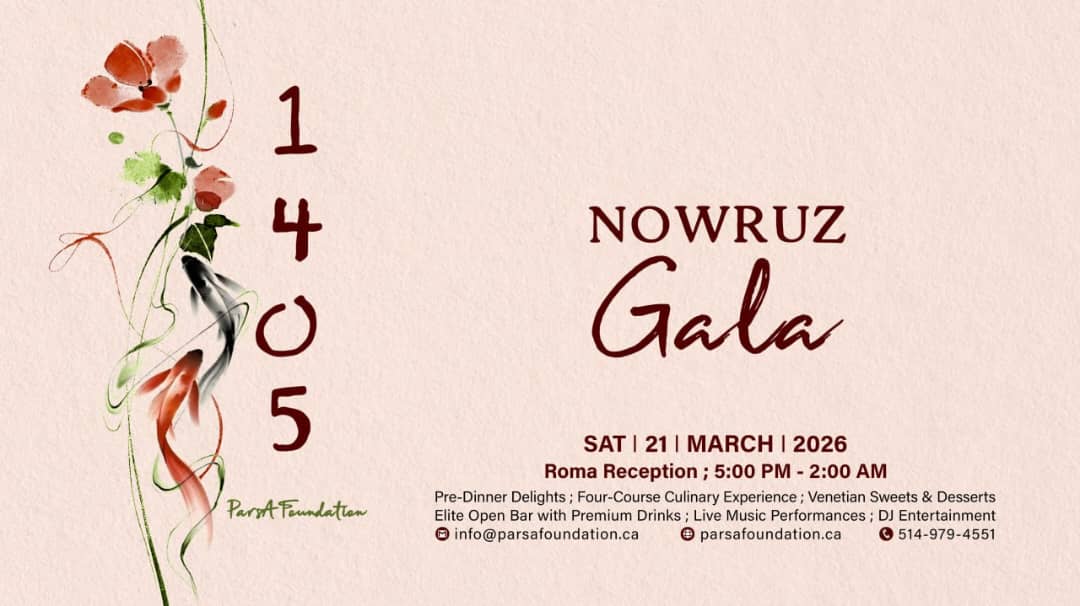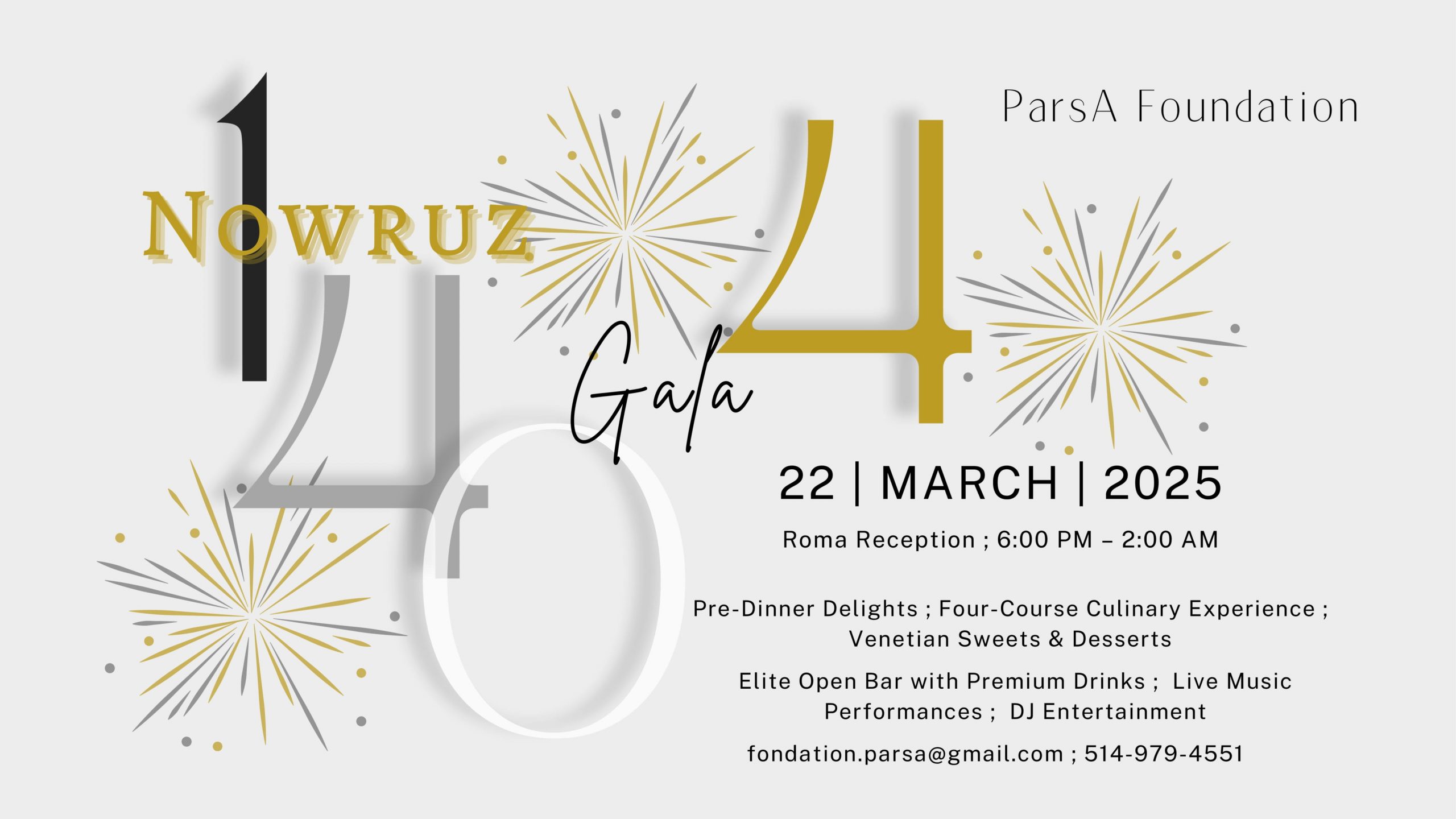Nowruz
Nowruz, meaning “New Day” in Persian, is an ancient festival that marks the beginning of the Persian New Year. Celebrated on the spring equinox, usually on March 20 or 21, it symbolizes renewal, rebirth, and the triumph of light over darkness. The festival has roots in Zoroastrianism, dating back over 3,000 years, and is widely observed in Iran, Afghanistan, Central Asia, the Caucasus, and among Kurdish and Persian communities worldwide. Over time, Nowruz has evolved into a secular and inclusive celebration, transcending religious and national boundaries.
One of the most significant traditions of Nowruz is the setting of the Haft-Sin table, an arrangement of seven symbolic items that begin with the Persian letter “S” (Sin). Each item represents a different aspect of life and renewal:
- Sabzeh (sprouted wheat or lentils) – Symbolizing rebirth and growth, often later released into a river as a wish for prosperity.
- Samanu (sweet wheat pudding) – Representing strength, patience, and prosperity, prepared through a long cooking process.
- Senjed (dried oleaster fruit) – Symbolizing love and wisdom, believed to inspire affection and kindness.
- Seer (garlic) – Representing health and protection against evil forces.
- Seeb (apple) – Symbolizing beauty, good health, and fertility.
- Somāq (sumac) – Representing the sunrise, patience, and the victory of good over evil.
- Serkeh (vinegar) – Symbolizing wisdom, aging, and the passage of time.
In addition to the Haft-Sin, other objects such as a mirror (reflection and self-awareness), goldfish (life and movement), candles (light and enlightenment), decorated eggs (fertility and creation), and a book of poetry or religious text are often placed on the table.
Nowruz is marked by various customs and celebrations. Chaharshanbe Suri, observed on the last Wednesday before Nowruz, involves jumping over bonfires to cleanse the soul and prepare for the new year while chanting, “Give me your redness, take my paleness,” symbolizing the exchange of energy with fire. Families engage in thorough spring cleaning, known as Khaneh Tekani, to rid the home of negative energy and welcome renewal and prosperity. During the 13 days of Nowruz, families visit relatives and friends, strengthening social bonds through the practice of Did-o-Bazdid (visiting and reciprocating visits).
The celebration culminates with Sizdah Bedar, the 13th day of Nowruz, when families gather outdoors in nature for picnics and games. This tradition is believed to ward off bad luck associated with the number 13 and to honor the deep connection between humans and nature.
Nowruz is not only a celebration of the new year but also a reflection of Persian culture’s deep appreciation for nature, harmony, and human connection. It is a time of joy, unity, and hope for a prosperous and healthy year ahead.


What is a Nowruz Gala?
A Nowruz Gala is a festive and elegant gathering held to celebrate Nowruz, the Persian New Year, which marks the first day of spring and the renewal of nature. Rooted in traditions that go back over 3,000 years, Nowruz is observed by millions of people across Iran, Central Asia, the Caucasus, and beyond.
Unlike family-centered Nowruz celebrations at home, a Nowruz Gala is usually a large, formal event that brings together community members, friends, and cultural enthusiasts in a public or semi-public setting. It blends the beauty of ancient traditions with modern elegance.
At a Nowruz Gala, guests typically experience:
- Cultural Traditions: A beautifully adorned Haft-Seen table (a symbolic display of seven items beginning with the Persian letter “S”), poetry readings, and performances of traditional Nowruz songs.
- Fine Dining: A multi-course dinner or banquet featuring both Persian and international cuisines.
- Music & Dance: Live ensembles, traditional instruments, vocal performances, and often modern entertainment that invite guests to dance and celebrate.
- Community Spirit: Recognition of cultural achievements, artistic showcases, and opportunities to connect with others who share a love of Persian heritage.
- Elegance & Joy: Galas are usually formal, with guests dressed in evening attire, creating a refined yet joyful atmosphere.
In essence, a Nowruz Gala is more than just a party—it’s a cultural celebration that honors renewal, unity, and the richness of Persian heritage while offering a night of elegance, music, and community connection.